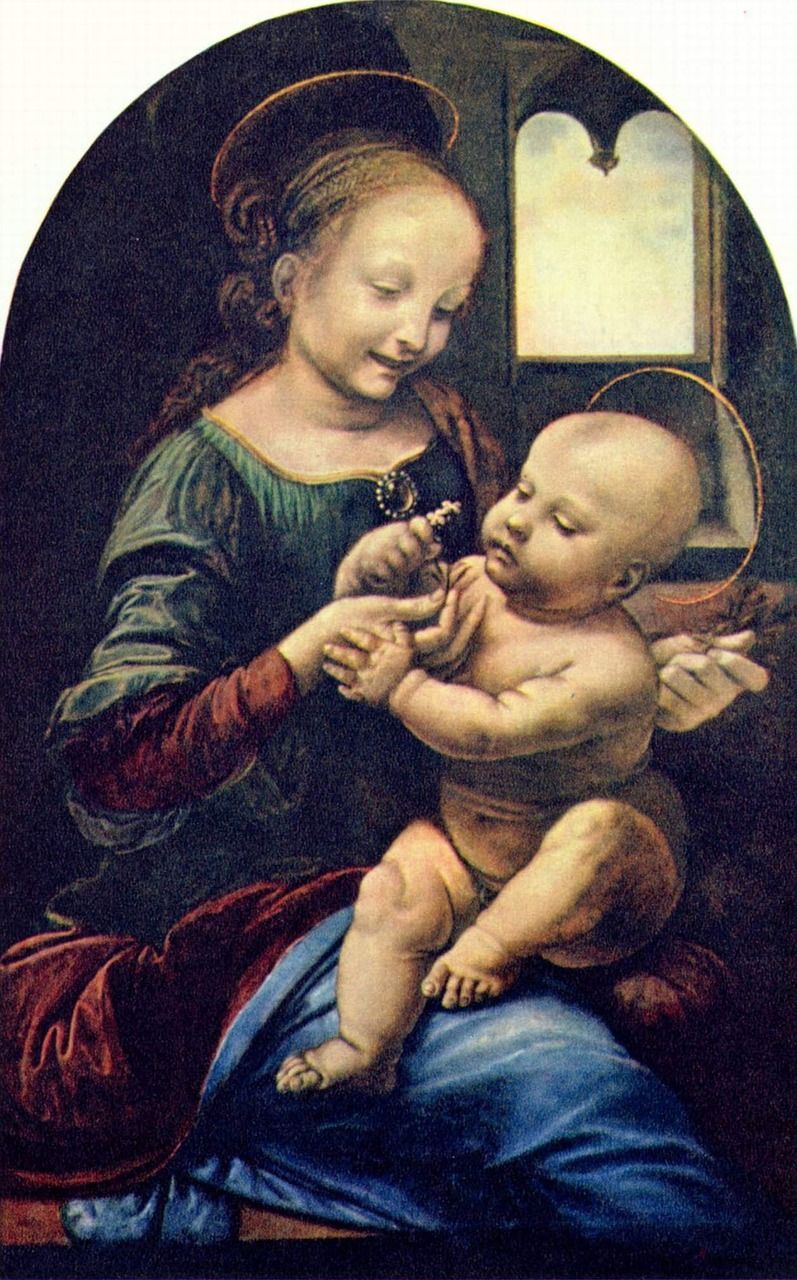George Orwell: The Man Behind the Pen

Introduction:
George Orwell, born Eric Arthur Blair, is one of the most influential and revered writers of the 20th century. His works, such as “1984” and “Animal Farm,” have left an indelible mark on literature and continue to captivate readers worldwide. In this article, we will delve into the life and works of George Orwell, highlighting key aspects that will appeal to those interested in this subject.
Understanding George Orwell:

George Orwell was born on June 25, 1903, in Motihari, Bengal Presidency, British India. His father worked in the Opium Department of the Indian Civil Service, and Orwell spent his early childhood years in India before moving back to England. This early exposure to the British Empire and its colonies would go on to influence his writings significantly.
Orwell attended Eton College, where he developed a strong distaste for the elitism and social inequalities prevalent in British society. This theme of social injustice would become a recurring motif in his works. After completing his education, Orwell joined the Indian Imperial Police in Burma but resigned after five years due to his growing disillusionment with imperialism.
Historical Overview of George Orwell’s Development:
1. Early Writings and Journalism:
– During the 1920s, Orwell worked as a journalist and began writing essays and reviews.
– He adopted the pen name “George Orwell” to avoid embarrassment to his family.
– Orwell’s experiences as a journalist in various British publications shaped his distinctive style and voice.
2. Down and Out in Paris and London:
– Published in 1933, this autobiographical work reflects Orwell’s firsthand experiences of poverty and homelessness.
– It highlights the degrading living conditions endured by the lower classes and exposes the flaws of a capitalist society.
3. Spanish Civil War and Homage to Catalonia:
– Orwell fought as a volunteer in the Spanish Civil War, battling against Francisco Franco’s fascist forces.
– “Homage to Catalonia” (1938) offers a firsthand account of Orwell’s time in Spain and his disillusionment with certain factions of the left.
4. Animal Farm:
– Published in 1945, “Animal Farm” is a political allegory that satirizes the Russian Revolution and Stalinist era.
– Orwell uses farm animals to depict the rise and corruption of power, emphasizing the dangers of totalitarianism.
5. 1984:
– Orwell’s most famous and enduring work, “1984” (1949), presents a dystopian future where individuality is suppressed by an oppressive regime.
– Concepts such as Big Brother, Newspeak, and the Thought Police have become synonymous with totalitarianism and surveillance.
George Orwell’s Legacy and Cultural Impact:
George Orwell’s writings continue to resonate with readers globally, transcending time and political boundaries. His keen observations of social and political structures, combined with his masterful storytelling, make his works timeless.
Orwell’s works have been adapted into films, plays, and even operas, further cementing his place in popular culture. His coined phrases, such as “Big Brother is watching you” and “All animals are equal, but some animals are more equal than others,” have become part of the common vernacular.
Conclusion:
George Orwell’s contributions to literature and his unwavering commitment to highlighting social and political injustices have made him a literary icon. His insightful novels continue to serve as a warning against the dangers of totalitarianism and the erosion of individual freedom.
As we navigate an increasingly complex and interconnected world, the relevance of George Orwell’s works only grows. They remind us to remain vigilant, questioning authority and safeguarding our liberties. In an era where truth and information are often distorted or manipulated, Orwell’s legacy remains a guiding light, urging us to think critically and resist oppressive systems.
References:
– “George Orwell” Biography.com, A&E Television Networks, 29 Apr. 2019, www.biography.com/writer/george-orwell.
– Orwell, George. 1984. Secker & Warburg, 1949.
– Orwell, George. Animal Farm. Secker & Warburg, 1945.
– Orwell, George. Down and Out in Paris and London. Victor Gollancz Ltd, 1933.
– Orwell, George. Homage to Catalonia. Secker & Warburg, 1938.











